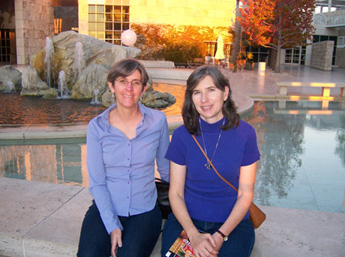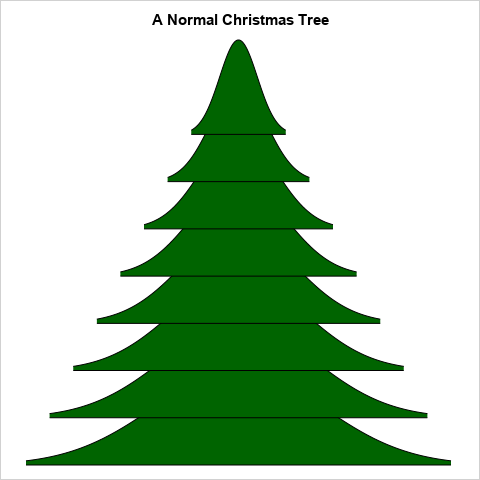This blog is co-authored by Susan J. Slaughter and Lora D. Delwiche.
SAS Press is now 25 years old. As impressive as that is, a bigger milestone for us personally is that The Little SAS® Book is now 20 years old! We had no idea back then that we would still be writing SAS books all these years later.
We first heard about the Books by Users program (now SAS Press) in 1992. At that time, the typical SAS programmer had a shelf full of fat SAS manuals. The SAS Language: Reference manual, for example, was nearly 2 inches thick and weighed four pounds! We decided to call our book The Little SAS® Book as a joke since, at the time, the term “little SAS book” was an oxymoron.
We had each worked at help desks and had seen where beginners get stuck, and we quickly discovered a shared vision for the book. We wanted the book to be small and friendly, cover each topic in just two facing pages, contain programs that are complete and executable, use graphics to illustrate the topics, cover debugging, and avoid jargon as much as possible. As an ironic, literary touch, we also decided to put quotations at the beginning of each chapter.
Settling on the concept for the book was the easy part; writing it took much longer. It took a year just to write the proposal. At the time, we each had small children. So writing a proposal for a book that might or might not ever be published was a low priority. Somehow we found the time and even hired an artist to mockup some illustrations for us. Then we mailed off the proposal (everything went by US mail back in those days) and got back to our lives.What you didn't know about The Little SAS Book. #SASbooks Click To Tweet
After several months we were delighted to hear that, despite some negative reviews, our proposal had been accepted. To coordinate our writing, we created a detailed outline on index cards which we then sorted into chapters. This is a lot harder than it sounds. We spent a lot of time arranging and rearranging those cards! Here is a photo of our outline:
Then we divvied up the index cards, and we wrote, and rewrote, and rewrote again. The first copies rolled off the printing press in June 1995.
Looking back at the first edition, the most striking thing is how different it is from later editions. In 1995 there was no Output Delivery System, no PROC IMPORT, no Viewtable window, and no syntax sensitive editor. The default output was text, and variable names were limited to 8 characters in length. SAS has evolved a lot, and The Little SAS® Book has evolved with it.









7 Comments
Without fail, in every SAS environment that I've worked in, "The Little SAS Book" has always been a part of it. Not just for beginners, but for users that have been coding in SAS for a few years too. Even if you are familiar with most of the information covered in the book, it still comes in as a handy reference to have around. It's close to impossible, at least for me, to have every bit of SAS code memorized, so I still use it!
The best book to learn SAS easily and efficiently is one and only "The Little SAS" Book.
Rather they could have named this book as "The Best SAS" book.
Very easy to understand the topics, as they used very meaningful diagrams/pictures wherever necessary. And the order of topics also very comfortable to interrelate with one another.
Simply its a wonderful book for SAS beginners and intermediate users.
Many thanks to the Authors Susan J. Slaughter and Lora D. Delwiche.
@Adraine, Mike, and Miguel, Thank you so much for your kind comments! Hearing that our book has been helpful means a lot!
I really liked the first one. Have often checked the newer editions. I have always found soomething new and interesting. "Best things come in little packages"
Miguel
Pingback: A short history of The Little SAS Book | Avocet Solutions
As a graduate student in 2006, I was very intimidated to learn that I would be expected to teach a statistics lab using SAS--a program I had never used before. I got this news six weeks before the semester began. I picked up a copy of The Little SAS Book and it saved my life! Having an accessible reference that cuts right to the chase was invaluable in getting me up-to-speed quickly, and I have recommended it to SAS newbies more times than I can count. Now I am fortunate enough to work at SAS, and I still have a copy on my bookshelf.
The Little SAS® Book is a must have to keep on your desk. It's great for a reminder of something yo haven't done in a while. Yes, you can search for the answer on the internet, but it not as succinct.